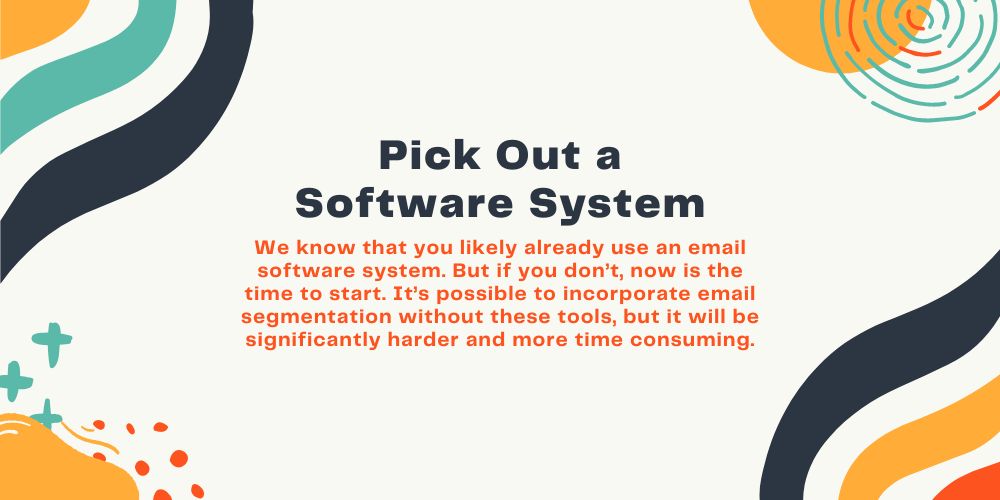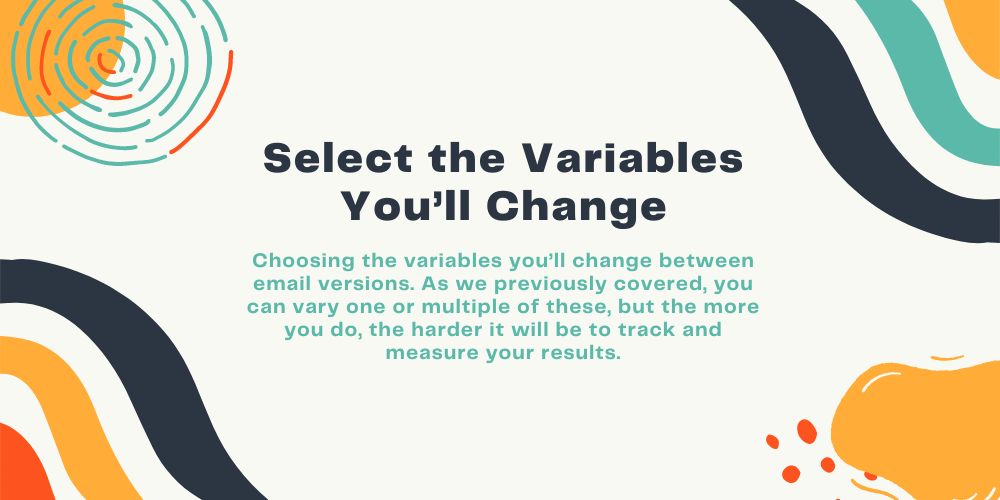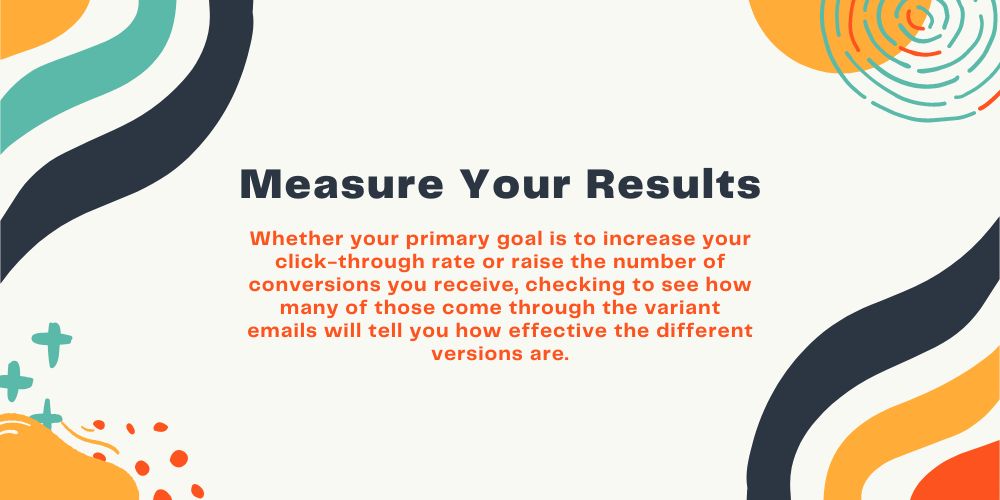Guide to A/B Testing Your Emails (Email Marketing)
If you’re not using A/B testing in your current email campaign, it’s time to make a change. Here’s everything you need to know about this marketing strategy.
When it comes to marketing techniques, you’re not going to strike gold every time you come up with a new idea. This is common across the entire industry, but it’s very prominent in email marketing. So many people spend less than a few seconds reading through your email, and some of them only mark them as read and move on. That means you have very little time to catch their attention.
Even if you manage to get them interested, you must still get them to click through to your site by the end of the email to consider it a successful one. Since this perfect formula won’t be easy to figure out, you’ll need to use strategies like A/B testing to determine what works and what doesn’t. This is when you send out multiple versions of the same email and record how people respond. If you’ve never implemented this strategy before, this guide on how to A/B test your emails in email marketing will be invaluable to you.
Why A/B Testing Is So Effective
Even though the idea behind A/B testing is so simple, very few companies actually take the time to use it. Many still try out new things on their entire audience, which is a much riskier tactic. If they send out an email that a large number of viewers don’t like, they’ll start receiving a bunch of unsubscribing requests. This can quickly tank an email marketing campaign.
A/B testing lets companies try some riskier strategies without the fear of negatively hurting an entire division of their marketing strategy. Even if a test goes horribly wrong, you’ll only lose a small portion of your subscribers.
It also lets you try to diversify your audiences a bit more. Some A/B tests might become permanent divisions. Even though it’s easier to send the same email to everyone, not all people will respond to it the same way. If you have a diverse target audience, you might need to use A/B testing to see what works for each group, then turn their varied emails into a permanent solution for guaranteeing clicks.
Steps To Run Your A/B Test
If the effectiveness of this strategy has convinced you to use it, then you’ll need to know how to start trying it out. You need to consider many factors when implementing a new A/B email test, so here are the main ones you should review with your team.

Pick Out a Software System
We know that you likely already use an email software system. But if you don’t, now is the time to start. It’s possible to incorporate email segmentation without these tools, but it will be significantly harder and more time consuming.
If you already use one of the many email software options, you’ll need to ensure it can run an A/B campaign. Some more simplified services can only send out one version of an email to everyone. A few examples of programs that allow A/B testing are MailChimp, Active Campaign, and Constant Contact. Of course, other ones also offer this service, but these are some of the more popular options.
If you have a large email campaign size or want as much freedom as possible with your variations, make sure you pick a service that allows you to have more than two versions of the same email. Even though this method is called A/B testing, that doesn’t mean you can only go with two variants.
Decide on a Type
Now that you have your email campaign set up to run multiple modified emails, it’s time to decide on which type of A/B test you want to run. Many people start with the classic version to get a handle on it. This is where you only pick one aspect of the email to change and measure the results. There are many variables to choose from here, but we’ll cover those in more depth in a bit.
The other option is to go with multivariate testing (MVT). This type allows you to change multiple aspects of the variant emails. It can be a little riskier, which is why some companies don’t attempt this method. However, it allows you to test more than one variation simultaneously, speeding up the overall A/B process.
Choose a Sample Size and Type
The next step is to determine who you want to run these A/B tests on. If you have a small subscriber base or don’t want to try anything too risky, you can try the common tactic of splitting the differing email types evenly. This makes it easy to tell which one was the most effective but also poses a bigger threat if one of them drastically fails.
That’s why if you want to try an out-of-the-box strategy, it’s better to test it out on a smaller percentage of your email list. Ten percent is usually a safe size to try the riskier strategies on. Then, when you find success with one, you can expand the ratio or spread it to the rest of your subscribers.
Of course, you’ll also need to decide who will be in your chosen sample sizes. For less diverse subscriber lists, it’s easier just to randomize who gets the differing emails. But for larger ones, you might want to pick out a specific demographic. If it performs well with the sample size, you’ll know better how well it’ll work with that group as a whole, leading to a more informed decision for the future.

Select the Variables You’ll Change
It’s finally time to get into the main part of setting up your A/B campaign: choosing the variables you’ll change between email versions. As we previously covered, you can vary one or multiple of these, but the more you do, the harder it will be to track and measure your results.
Subject Line
Let’s start with an easy one. The subject line is the short title that everyone sees before opening the email. In the intro, we talked about how many people don’t even bother opening emails these days. That’s why the subject line is so important. If it doesn’t draw people in, it doesn’t matter what else you might have changed in the email itself.
Overall Tone
Once people are in, you need to hold their attention. The tone is a great way to do this. If your email subscribers are general consumers, using a friendly or casual style will be a great way to get them hooked. In contrast, emails directed toward other businesses should be more formal. However, your clients won’t always follow these standards, which is why A/B testing is necessary to determine which tone leads to the most success.
Style and Visuals
The overall feel of your emails comes from more than just the tone of the copy, though. The style and visuals you use can easily make or break a campaign. These items need to fit your brand while still appealing to your audience.
A perfect example of this is emoji usage. There are many dos and don’ts when using emojis in marketing emails. However, it’s impossible to determine the perfect amount without proper testing. Regardless of the component of your style that you decide to change, just be careful not to make it too drastic unless you test it on a smaller sample size.
Call to Action
Obviously, the most crucial part of the email is one you’ll want to test various tactics with. That’s why the call to action is typically the most tested part of an email in A/B strategies. Since the primary goal of an email is to get people to click on a link that will lead to some form of conversion, the call to action that gets them to do so will be the most important part to perfect. Lots of testing will go into this section as a result.
Length of the Content
However, if no one ever makes it to the call to action, it doesn’t matter how good it is. That’s why you need to consider the length of your email’s content as well. If it’s too long, people will lose interest quickly. If it’s too short, they won’t feel like they know enough about what you’re selling to look more into it. You’ll only achieve the perfect balance of email length through vigorous testing.

Measure Your Results
This wouldn’t be a comprehensive guide on A/B testing your marketing emails if it didn’t cover how to measure your results. Fortunately, this part is pretty easy. Whether your primary goal is to increase your click-through rate or raise the number of conversions you receive, checking to see how many of those come through the variant emails will tell you how effective the different versions are.
You’ll need to watch out for decreases in opening rates and jumps in people unsubscribing. These are problems that you’ll want to avoid at all costs. If they happen regularly, it’ll be time for you to try a new technique.
